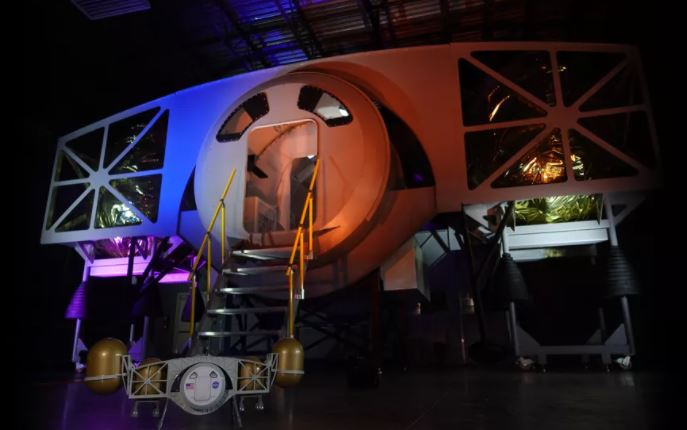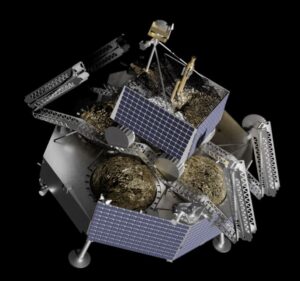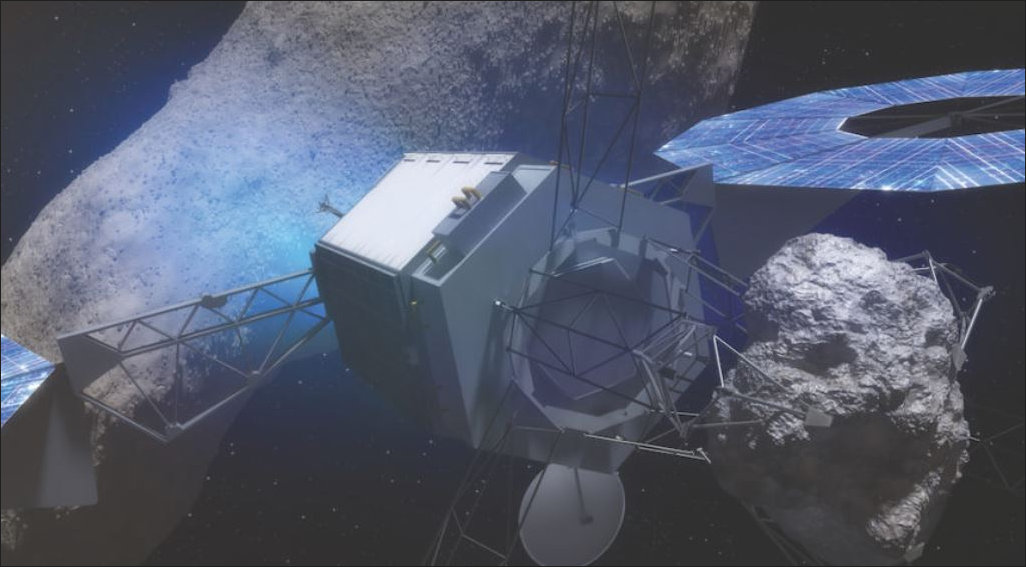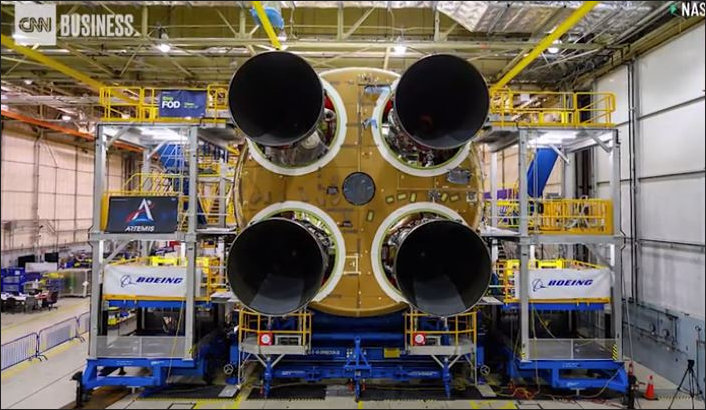
The Space Launch System (SLS) will be the most powerful rocket NASA has ever built. When completed, it will be able to take astronauts to the Moon and beyond. Indeed, according to NASA Administrator Jim Bridenstine, it will be the only rocket “qualified” to take astronauts to the Moon.
NASA is under contract with Boeing to build two SLS rockets with the goal of putting astronauts back on the Moon by 2024: specifically, landing the next man and woman on the south pole of the Moon, after which it will need a third rocket, and perhaps more.
CNN Business asked a pertinent question: How much will the rockets cost?
Said Bridenstine:
When we think about the cost of an SLS rocket per launch, it really, quite frankly, depends upon how many we buy in a certain package. If you buy one SLS rocket, it’s going to be very expensive. I’d say on the order of $1.6 billion. If we buy multiple SLS rockets, say as many as ten, or twelve, it can get down under a billion dollars, $800 million per copy. But, look, these are all estimates at this point. NASA needs to sit down with its prime contractor Boeing to negotiate the best solution to the right mix to the number of rockets and the cost per rocket.
Bridenstine added that he would like to have a cadre of astronauts dedicated to the Artemis project. “I want the astronauts that we send to the Moon this time to be like the Mercury Seven where the astronauts have names and faces and backgrounds and histories and personalities.”
According to Science Alert, the SLS is the tallest rocket stage NASA has built since the Saturn V stages for the Apollo missions. It is also the most powerful, designed to reach a speed of Mach 23 before separating from its upper stage, the Orion crew capsule.
The project has suffered by delays and cost overruns. The first flight was scheduled for November 2018, and the price tag has risen from $6.2 billion to $8 billion. NASA has spent roughly $34 billion on the SLS, Orion, and the Exploration Ground Systems Program through 2018, a sum that is projected to increase to more than $50 billion by 2024.

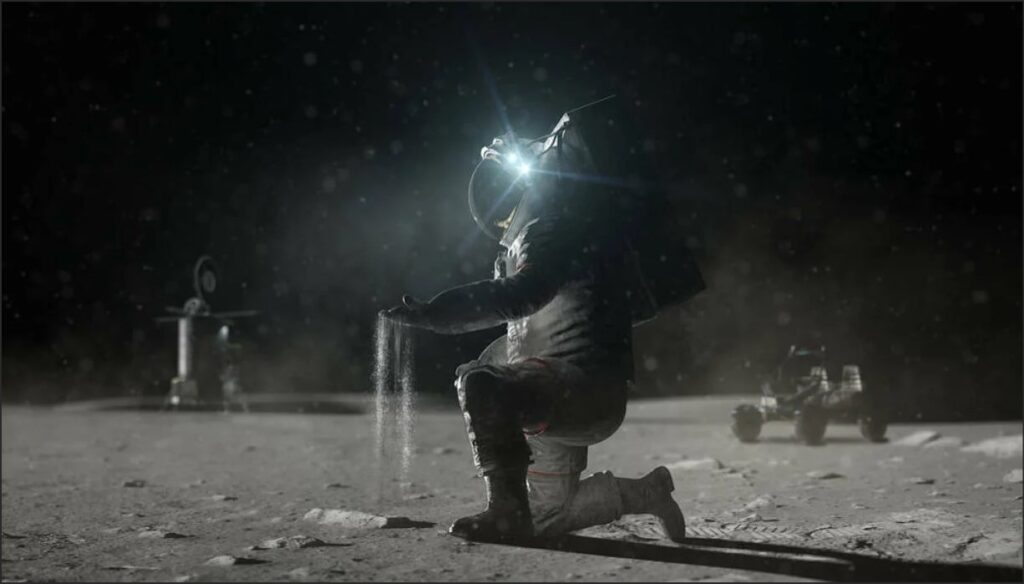
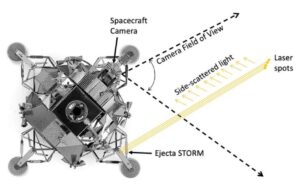
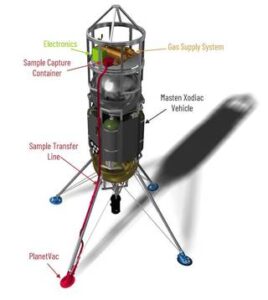 “Having ejecta sensor data from actual lunar missions can help us improve those recommendations and will also help us protect the new spacecraft we’re sending to the Moon and even spacecraft orbiting around it – all of which is important not just to the U.S. but to the international space community as well,” Metzger said in a
“Having ejecta sensor data from actual lunar missions can help us improve those recommendations and will also help us protect the new spacecraft we’re sending to the Moon and even spacecraft orbiting around it – all of which is important not just to the U.S. but to the international space community as well,” Metzger said in a 
